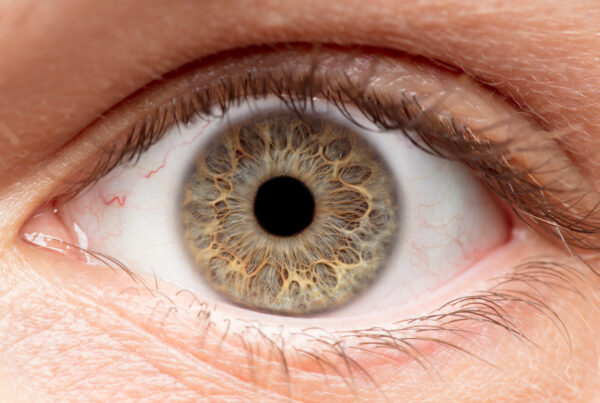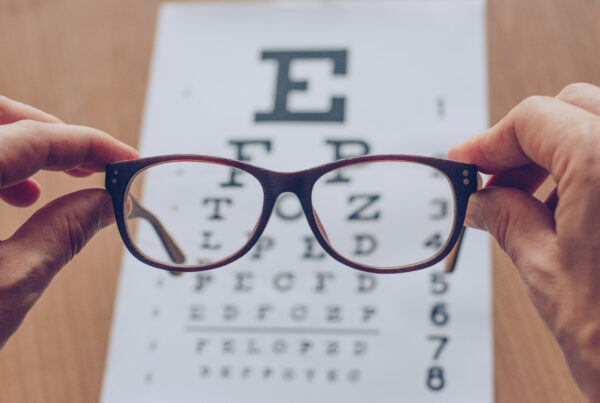
Waking up to or looking in a mirror to discover a bloody looking eye can be quite terrifying. The good news is, it often is not as serious as it may look.
The eye is filled with many small, and some large, blood vessels. These blood vessels can be prone to leak and break. Luckily, the outside of the eye is covered in a protective material called the conjunctiva, like a large extra layer of skin. Subconjunctival hemorrhages are when blood vessels break and cause blood to fill the area between the conjunctiva and sclera (white of the eye). Subconjunctival hemorrhages are very common and can cause for a wide variety of reasons. If you have been sick or coughing/sneezing, you are more likely to experience a break in one of these blood vessels. Those who are on blood thinners like Aspirin are even more likely to experience these nuisances, as their blood is less likely to clot when a blood vessel does leak. The eye can often look worse, as the blood spreads behind the layer of conjunctiva, before it looks better. The good news is, the body does a great job of remedying the situation, and the blood reabsorbs and dissipates within one to two weeks.
The eye can feel irritated when a subconjunctival hemorrhage occurs, as this is primarily due to poor distribution of the tear film. When the blood heaps in certain areas, the eyelids cannot spread the tears over the eye like they are meant to, and areas of the eye can dry out. Therefore, artificial tears are important to consider until the heme resolves.
While typically benign, subconjunctival hemorrhages can be a sign of certain more serious conditions. If these hemorrhages are frequently occurring, this can be an indication of blood clotting disorders and poor cardiovascular health. If BOTH eyes experience subconjunctival hemorrhages that reoccur, multiple myeloma should be considered, and an extensive workup is warranted. These situations are rare, but important for an eye care professional to consider.
If blood occurs in front of the colored part of the eye, there is likely something more serious going on. This is NOT a subconjunctival hemorrhage, but rather a buildup of blood behind the cornea, or hyphema. There are many causes of this, and all need immediate attention and treatment. If you notice blood behind the cornea, be sure to remain upright/vertical until seen by an eye care professional. Gravity allows the blood to pool and dissipate more quickly towards the bottom of the eye when this is done.
If you ever experience a bloody red eye and need an evaluation, our eye doctors are happy to assess your condition here at SureVision Eye Centers and keep work in emergency slots open every day for cases like this!
Contact Us


